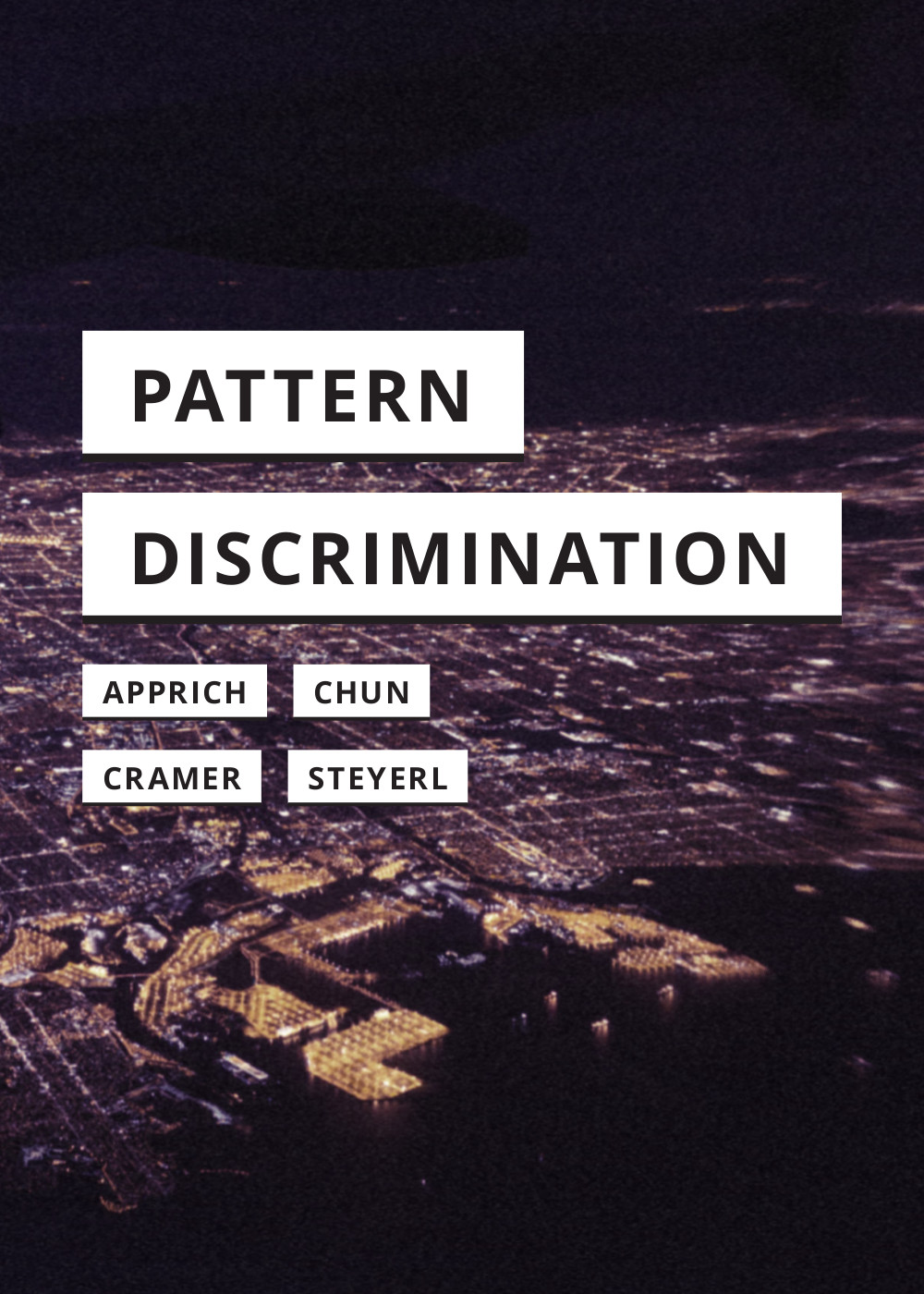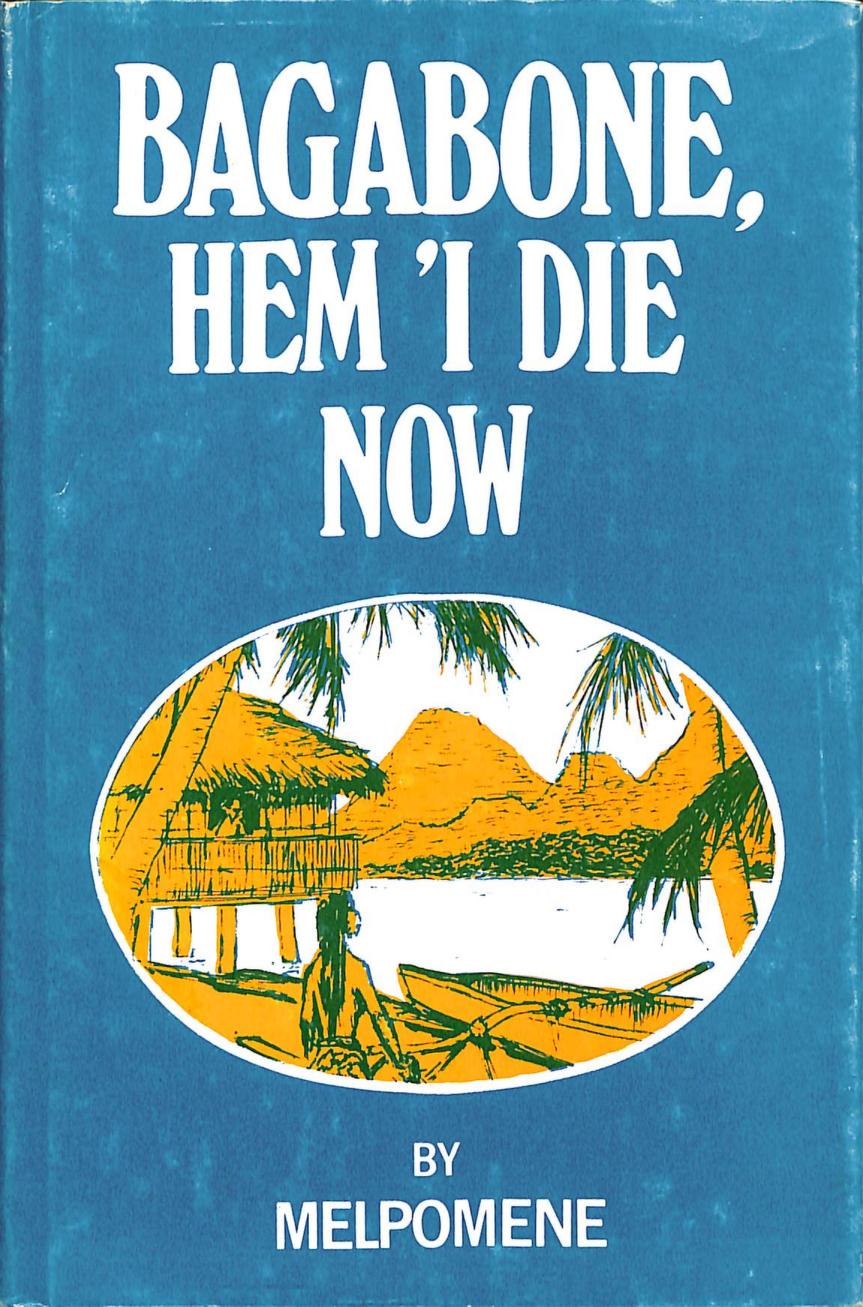Nils J. Nilsson: The Quest for Artificial Intelligence: A History of Ideas and Achievements (2009)
Filed under book | Tags: · artificial intelligence, computation, computing, history of science, machine learning, neural networks, robotics

“This book traces the history of artificial intelligence, from the early dreams of eighteenth-century (and earlier) pioneers to the more successful work of today’s AI engineers. The book includes many diagrams and easy-to-understand descriptions of AI programs that will help the casual reader gain an understanding of how these and other AI systems actually work.”
Self-published 2009 (web version)
Publisher Cambridge University Press, 2009 (print version)
Open access (web version)
ISBN 9780521116398, 0521116392 (print version)
707 pages
Review: Peter Norvig (Artificial Intelligence, 2010).
PDF (15 MB)
Comment (0)Clemens Apprich, Wendy Hui Kyong Chun, Florian Cramer, Hito Steyerl: Pattern Discrimination (2018)
Filed under book | Tags: · algorithm, artificial intelligence, crapularity, data, identity, politics, race, racism, segregation, web

“Algorithmic identity politics reinstate old forms of social segregation—in a digital world, identity politics is pattern discrimination. It is by recognizing patterns in input data that Artificial Intelligence algorithms create bias and practice racial exclusions thereby inscribing power relations into media. How can we filter information out of data without reinserting racist, sexist, and classist beliefs?”
Publisher meson press, Lüneburg, in collaboration with the University of Minnesota Press, 2018
In Search of Media series
CC-BY-NC 4.0 International License
ISBN 9781517906450
xii+123 pages
Reviews: Nicola Bozzi (Theory, Culture & Society, 2019), Ulrike Wirth (rezens.tfm, 2020, DE).
Comment (1)Melpomene: Bagabone, Hem ‘I Die Now (1980)
Filed under fiction | Tags: · artificial intelligence, generativity, hoax, language, linguistics, literature, text

“Bagabone, Hem ‘I Die Now (1980) is perhaps the first novel that was purportedly written by a computer.
The back flap of the dust jacket states this about the book’s origins: “Can a computer write a novel? To find out, some experts in literature, linguistics, and computers at the Institute of Science and Technology, Jagiellonian University, Krakow, programed a computer, Melpomene, with English verb patterns and semantic (i.e., meaning) units drawn from twentieth-century women writers, as well as D.H. Lawrence, James Joyce, and some ‘angry young men’ of the 1960s. Then they added some patterns and units from Pidgin English and French, and the astounding result is Bagabone, Hem ‘I Die Now. Melpomene, which is the name of the Greek muse of tragedy, picked the title; translated from Pidgin English, it means, ‘Bagabone (a character in the novel) is dying.'”
Following its publication, Computer World published an article (“Publisher Claims Computer Composed Novel”, 25 Aug. 1980, p. 23) effectively defeating the publisher’s claim about the work’s computational origins. In the article, AI experts deem the novel to be human-written, and another source reports that there is no ‘Institute of Science and Technology’ at Jagiellonian University. Moreover, due to its mode of operation, the publisher (Vantage Press) would apparently have been paid to print the book. The copyright holder for Bagabone was a human—an Englishman named G.E. Hughes—who could not be reached by Computer World. (Intriguingly, this copy of the book is inscribed by one ‘Eric Hughes’, though this could be coincidental.)”
Publisher Vantage Press, New York, 1980
ISBN 0533042496, 9780533042494
136 pages
via James Ryan (xfoml)
Commentary: Peter Swirski (2013), James Ryan (2017), Joanna J Bryson (2018).
PDF (40 MB)
Internet Archive

